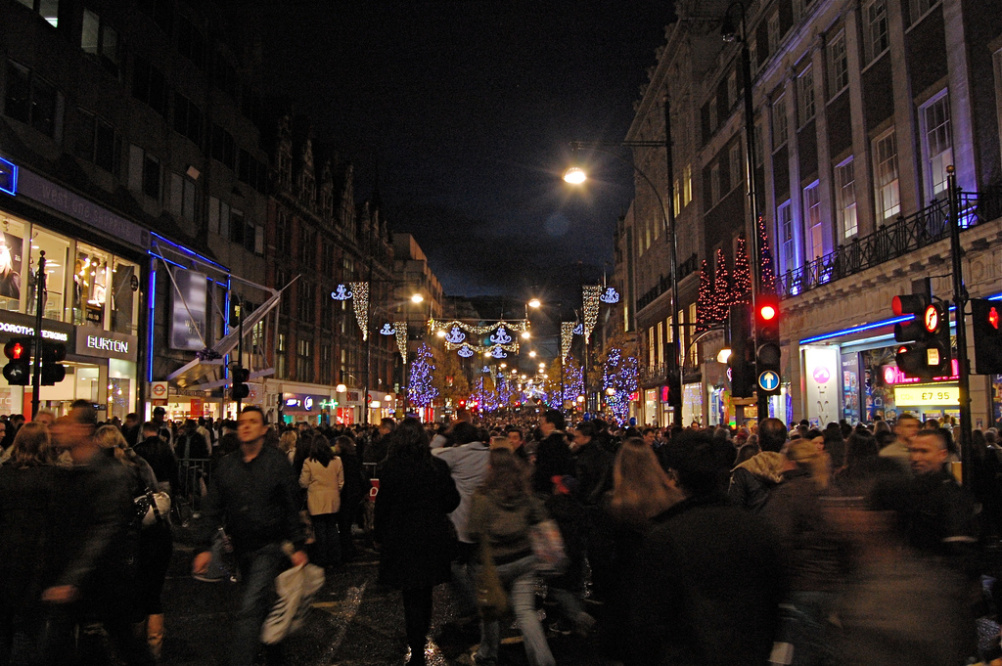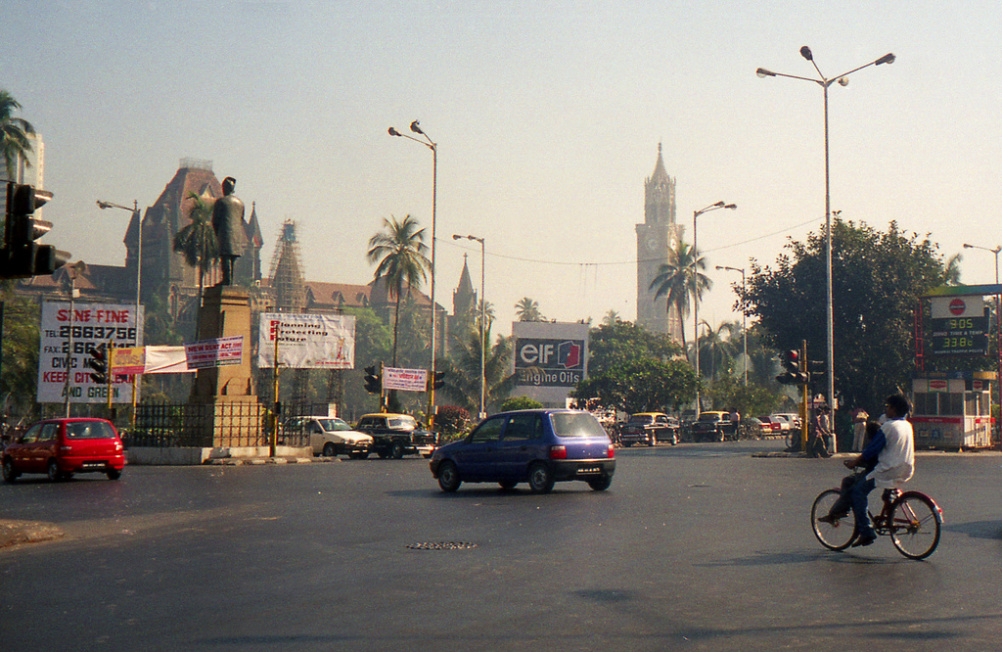Retail design: What flies in Mumbai can flop on Oxford Street
RPA:Group chief executive Nigel Collett looks at the challenges for overseas retailers trying to make their mark in the UK.

Source: Christiano Betta
Oxford Street
Abercrombie & Fitch’s Australian-style fashion brand Gilly Hicks is closing down in the UK. A quick look at the brand’s website reveals all: a fresh faced young model wearing a knitted jumper emblazoned with a skiing Koala Bear. Hardly the kind of thing that a fashion conscious British teenager would want to be seen wearing.
It all goes to show that when brands enter new cultural retail territory they can come up against challenges that easily spell disaster. It almost doesn’t matter whether it’s the look of the store or the clothes on the rails, if one bit of the jigsaw puzzle is wrong, then the whole venture can come tumbling down.
One thing is for certain, for most hopefuls there is no second bite at the retail cherry. Brands venturing into the UK market need to get their positioning right from day one. It’s all part and parcel of truly understanding your own brand – of being able to see its character and DNA through the eyes of consumers in a culture that is not your own.
Before crossing boundaries into a new ‘taste zone’ successful global brands work forensically on marketing, research, development and design. Speaking from personal experience, when Tommy Hilfiger, Oscar de la Renta or Foot Locker open a new store in the UK, they know exactly how it should look and how it will be received. They are also happy to enlist the support of retail experts who are able to either create or translate their retail design and give them advice on what sells and what doesn’t on UK turf.
Many new brands entering the UK from BRIC countries hope to strengthen their position at home, where international brands are viewed as a status symbol. By expanding into the UK, they are not just targeting new shoppers but also creating wider appeal for their brand domestically. Of course brands from China, India, or South America have a tougher challenge than say Ralph Lauren or J Crew. They need to understand not only the UK retail scene, but also a wholly different culture in order to connect with the desires and behaviours of the British consumer.

Source: ruffin_ready
Mumbai
So, what will the future will hold for Chinese brands like JNBY and Li Ning, Khaadi from Pakistan, Brazilian shoe brand Melissa or Indian retailer Bombay High Fashion?
Surprisingly, some newcomers seem quite determined to go it alone and pilot their own ship when it comes to deciding how their store will look. Recently, we spoke to an Australian brand that felt it only needed to appoint shop-fitters and everything else would fall neatly into place. Whereas, we felt that a dramatic rethink of look and positioning was needed – a big job that included the brand name itself.
At the end of the day, overseas brands may be hugely successful in their home market but can easily end up with a lacklustre UK retail presence by misreading consumer expectations. We eagerly wait to see what Indian fashion label, Bombay High Fashion, will choose as its retail interior design in the UK.
At the moment the look and feel of the brand is too much that of a wannabe Hilfiger to work here. The owners need to be mindful that they find their own true identity and that this is well adapted to what will sell in the UK. After all, what flies in Mumbai can just as easily flop in Oxford St.
Nigel Collett is chief executive of RPA:Group.
-
Post a comment




